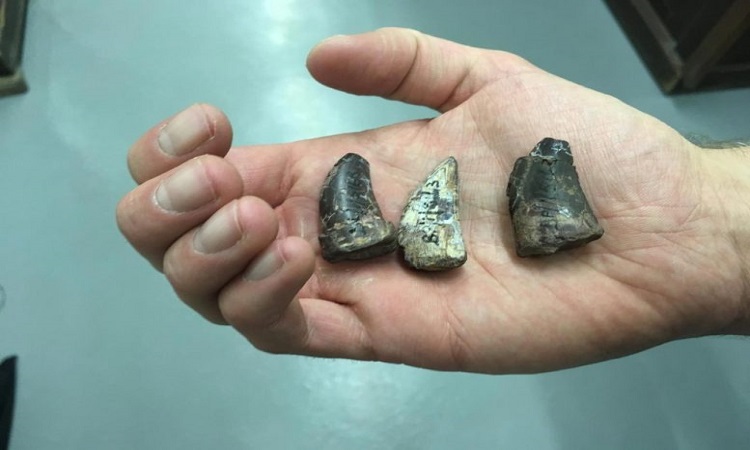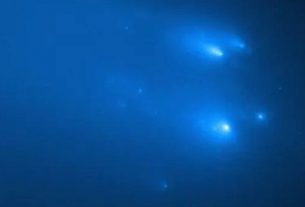A team of paleontologists announces having identified five new specimens of Rauisuchia. These impressive carnivores evolved in South Africa 210 million years ago. The details of the study are published in the Journal of African Earth Sciences.
The Rauisuchia form an extinct order of Archosauria reptiles, close to the current crocodiles. These creatures took power following the massive extinction of the Permian 252 million years ago. They lived alongside a few theropods at the time, but the dinosaurs had not yet become the giants they were destined to be. Many fossils of these reptiles have been found in South America or East Africa. In Eurasia and North America too. The re-examination of fossils at the South African Museum of Iziko and at the National Museum of Bloemfontein, reports today the first definitive fossil record of Rauisuchia in Southern Africa (Elliot Formation).
Awesome carnivores
Five specimens, representing at least two distinct taxa, were identified, and all evolved about 210 million years ago. According to Rick Tolchard of Wits University, the main author of these works, these reptiles, which could be up to seven meters long, were feeding at the time of the first mammals and herbivorous dinosaurs. “These ancient fossils provide us with evidence of how at least two species of predators were hunting in the Triassic,” says the researcher. It’s amazing to follow the clues left in the teeth, jaws, limbs and other fossils to help us tell the ancient story of life in Southern Africa. ”
We also know that these reptiles died out about 200 million years ago during the massive extinction of the end of the Triassic. Leaving no offspring, opening the way for the theropod dinosaurs, now great predators. Thus, these new specimens described represent some of the last known Rauisuchia. They also tell us that some of these creatures actually evolved near the Antarctic Circle, contrary to what was previously thought.
“This study shows us the value of re-examining old specimens. We finally know what terrorized all these herbivorous dinosaurs at the time, “says Professor Jonah Choiniere, co-author of this work.




